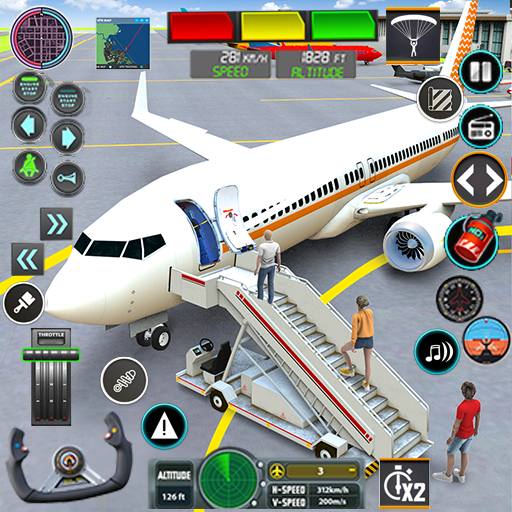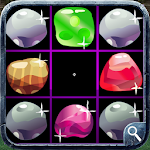No Man's Sky, a game frequently highlighted on this site, is undeniably a monumental achievement in the gaming industry. Its development showcases incredible dedication, pioneering universe and planet generation technology, and redefining what a true sandbox experience can be.
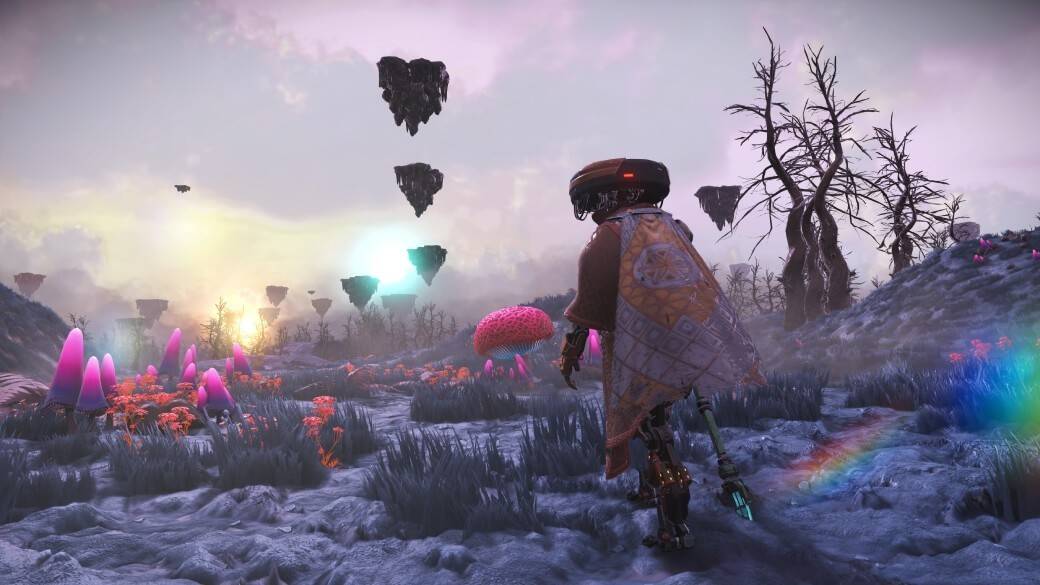
Image: nomanssky.com
Recently, No Man's Sky reached a pivotal moment with the release of the second part of its massive Worlds update. This expansion dramatically increases the game's scale, diversity, and visual beauty.
Table of Contents
- Mysterious Depths
- New Planets
- Gas Giants
- Relic Worlds
- Other World Improvements
- Updated Lighting
- Construction and Progress
Mysterious Depths
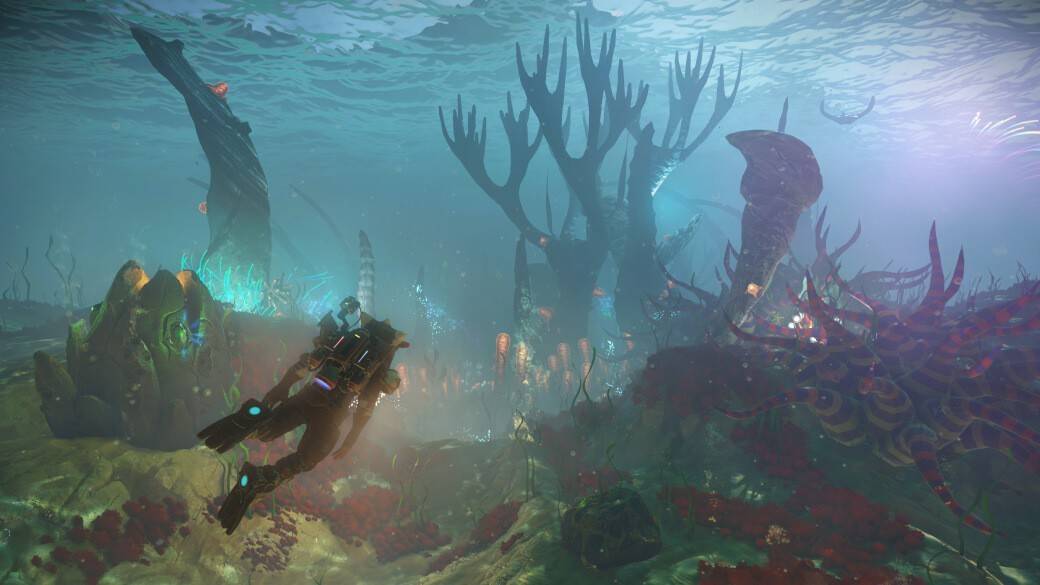
Image: nomanssky.com
Worlds Part II fundamentally transforms underwater exploration. Previously underwhelming, oceans and lakes are now breathtakingly deep and dangerous, demanding specialized suit modules to withstand immense pressure. A new pressure indicator adds to the intensity of deep-sea dives.
The perpetual darkness of the deep is offset by bioluminescent flora and fauna, creating a mesmerizing spectacle of glowing corals and creatures. Shallow water lighting has also been significantly enhanced.
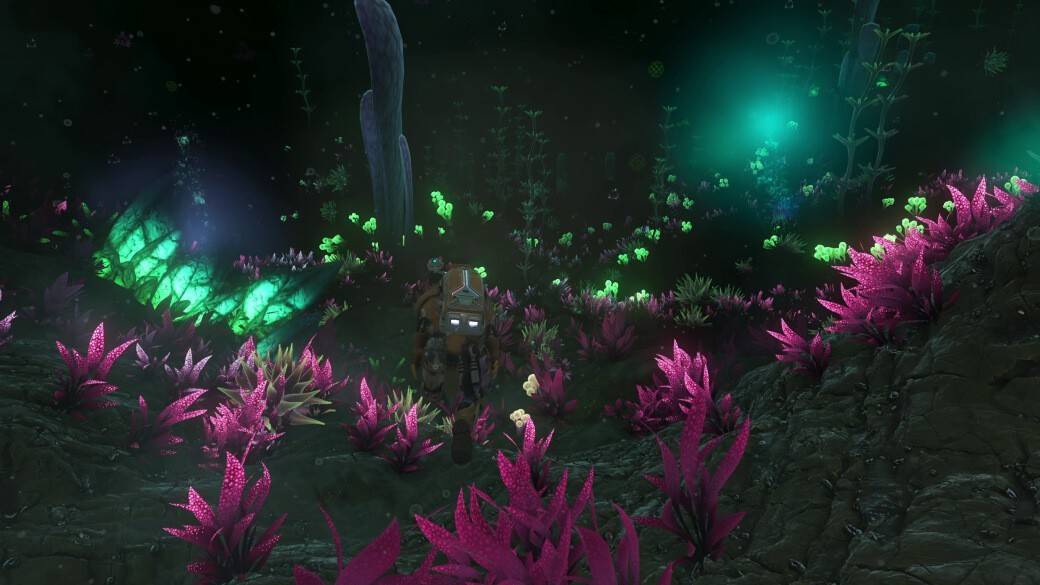
Image: nomanssky.com
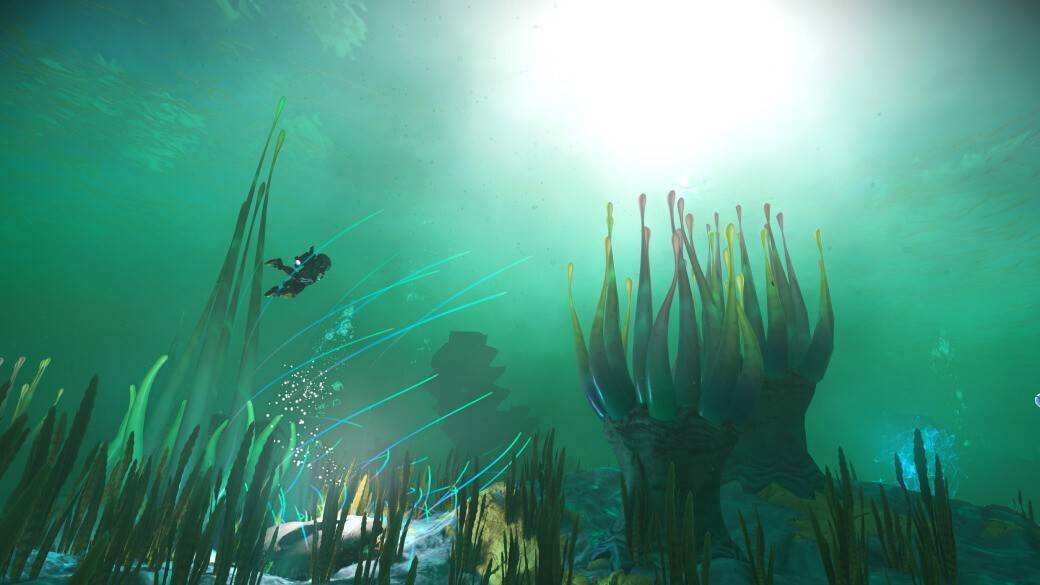
Image: nomanssky.com
New aquatic life abounds, ranging from serene seahorses in shallower waters to colossal, awe-inspiring creatures lurking in the abyssal depths. Building underwater bases is now a significantly more rewarding and immersive experience, echoing the exploration and survival elements of games like Subnautica.
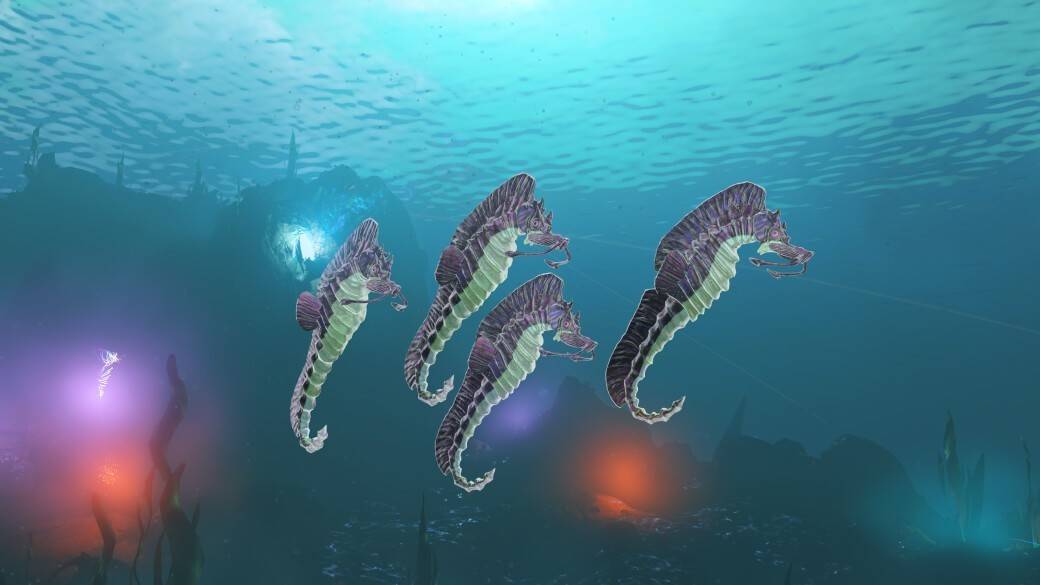
Image: nomanssky.com
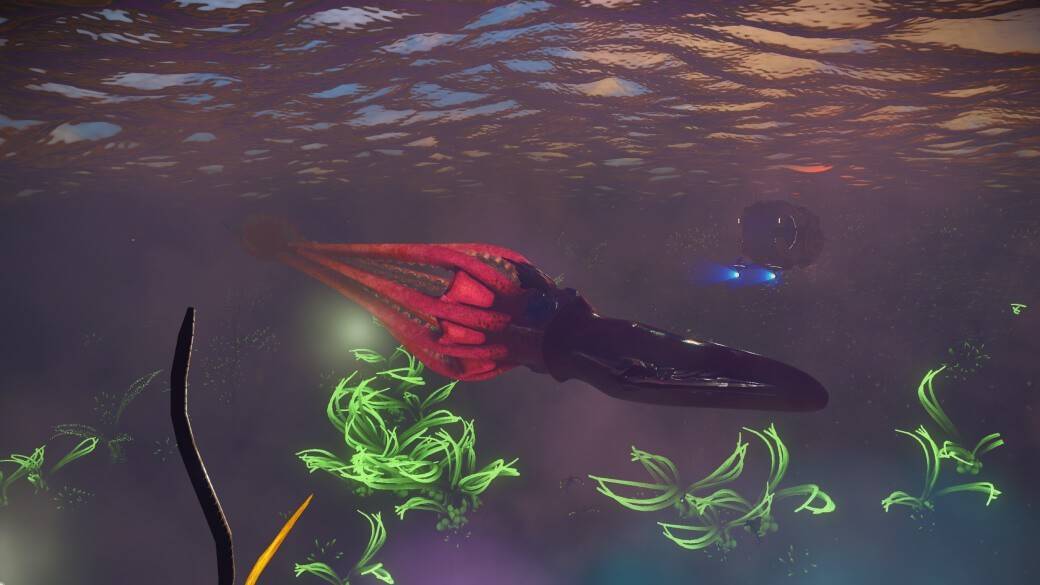
Image: nomanssky.com
New Planets
Hundreds of new star systems have been added, including a captivating new type: purple star systems. These systems introduce unique oceanic planets and entirely new celestial bodies—gas giants.
Gas Giants
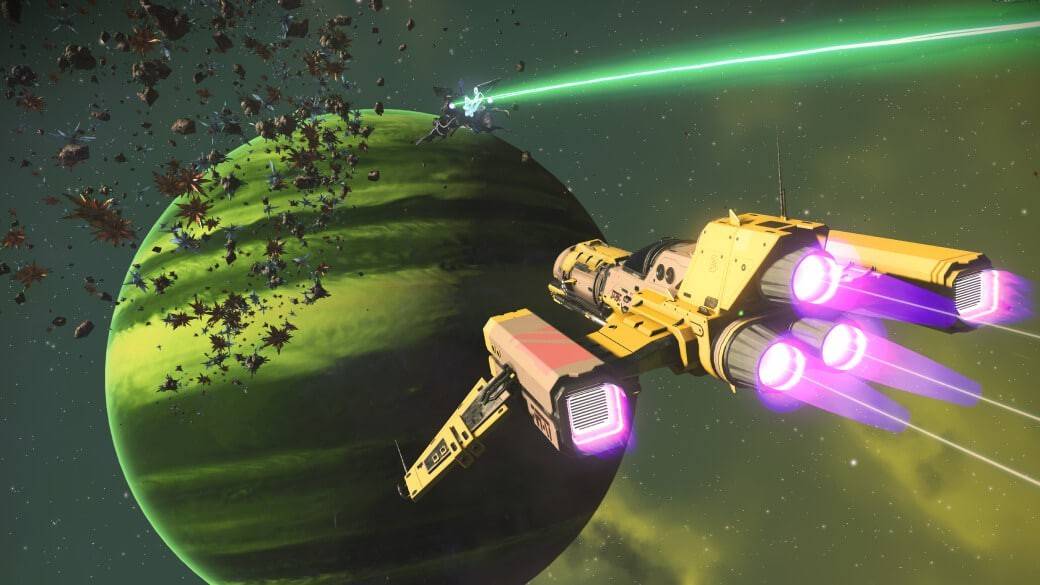
Image: nomanssky.com
Accessible after progressing through the storyline and acquiring a new engine, these gas giants offer some of the game's most valuable resources. Their rocky cores, despite the intense atmospheric conditions—storms, lightning, radiation, and extreme heat—are explorable.
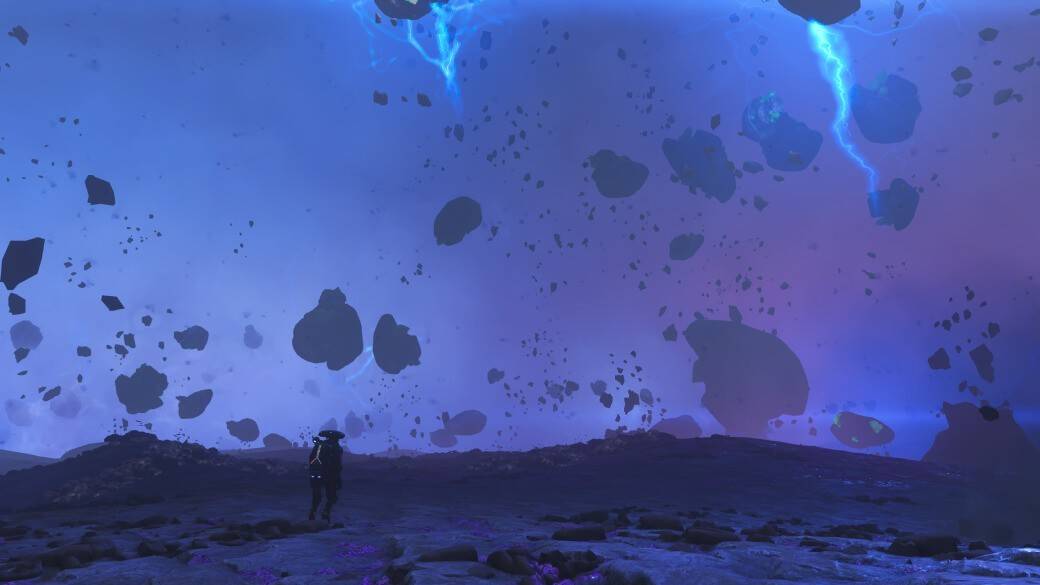
Image: nomanssky.com
Relic Worlds
Expanding on previous updates' hints of ancient civilizations, Relic Worlds are now a distinct planet type, brimming with ruins, artifacts, and historical records waiting to be discovered.
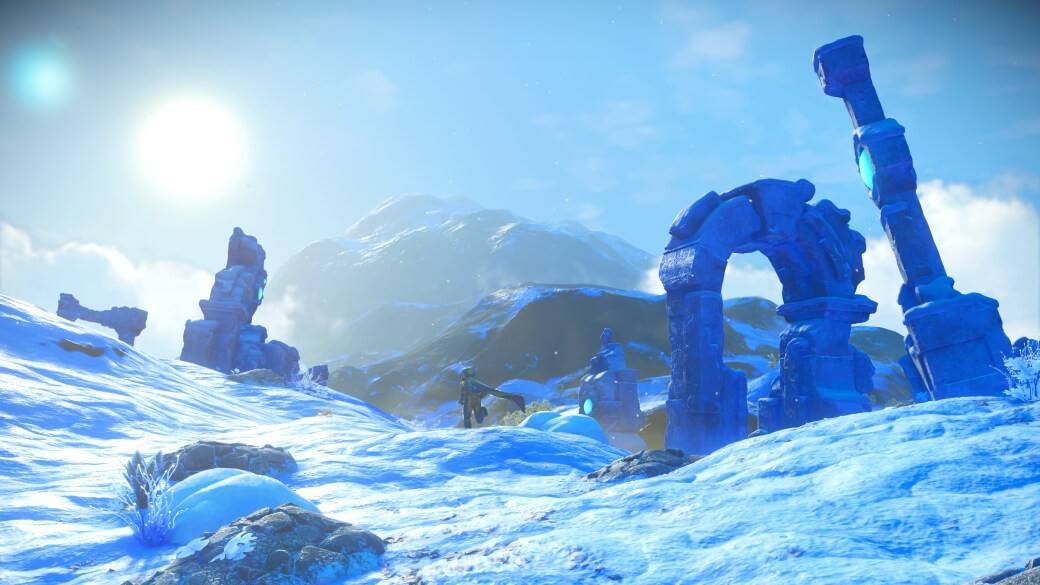
Image: nomanssky.com
Other World Improvements
Significant enhancements extend to all planets. A revamped landscape generation system creates even more diverse and visually stunning environments. Denser jungles, planets heavily influenced by their stars (resulting in extreme heat and adapted flora/fauna), and reworked icy planets with new landscapes, creatures, and lighting are just a few examples.
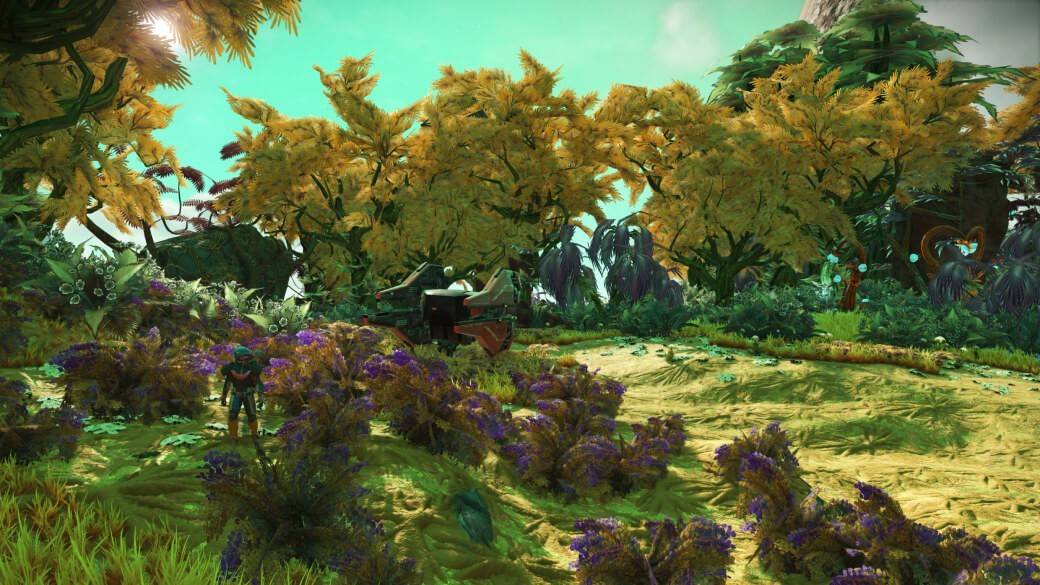
Image: nomanssky.com
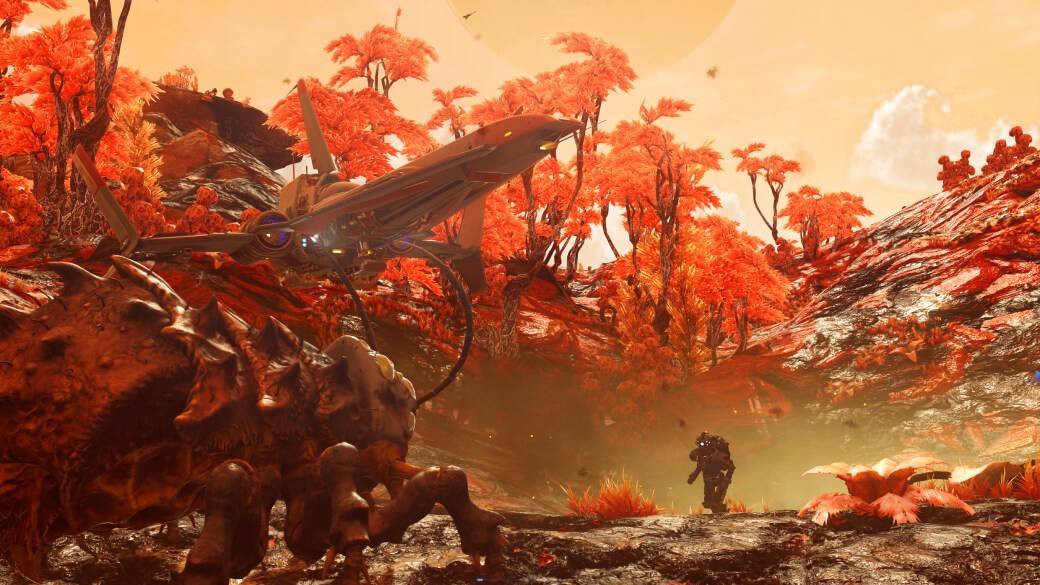
Image: nomanssky.com
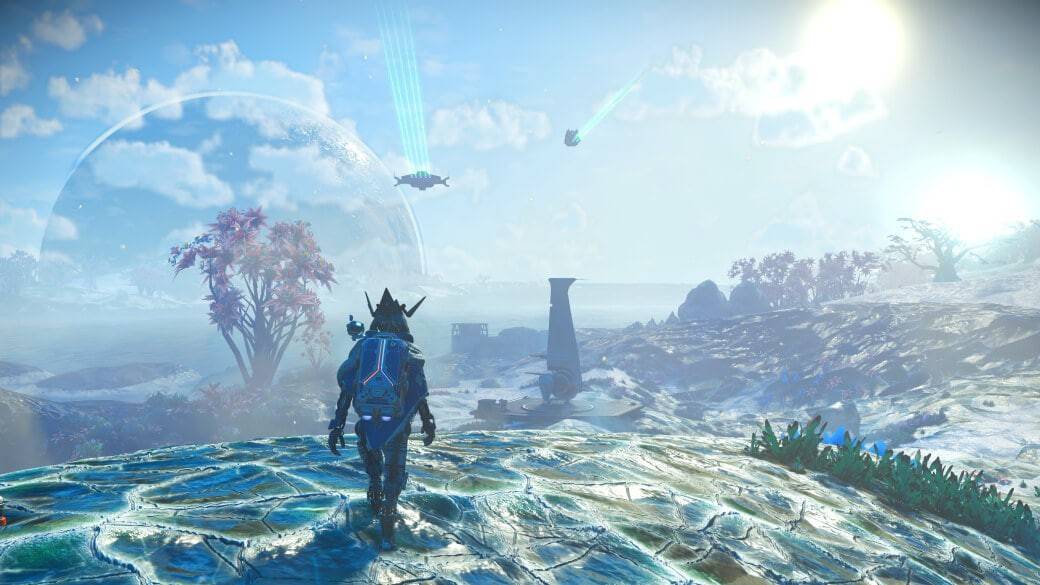
Image: nomanssky.com
New extreme geological features, such as geothermal springs, poisonous anomalies, and geysers, further enhance the planetary variety. A new type of toxic world, featuring mushroom spores, adds another layer of challenge and exploration.
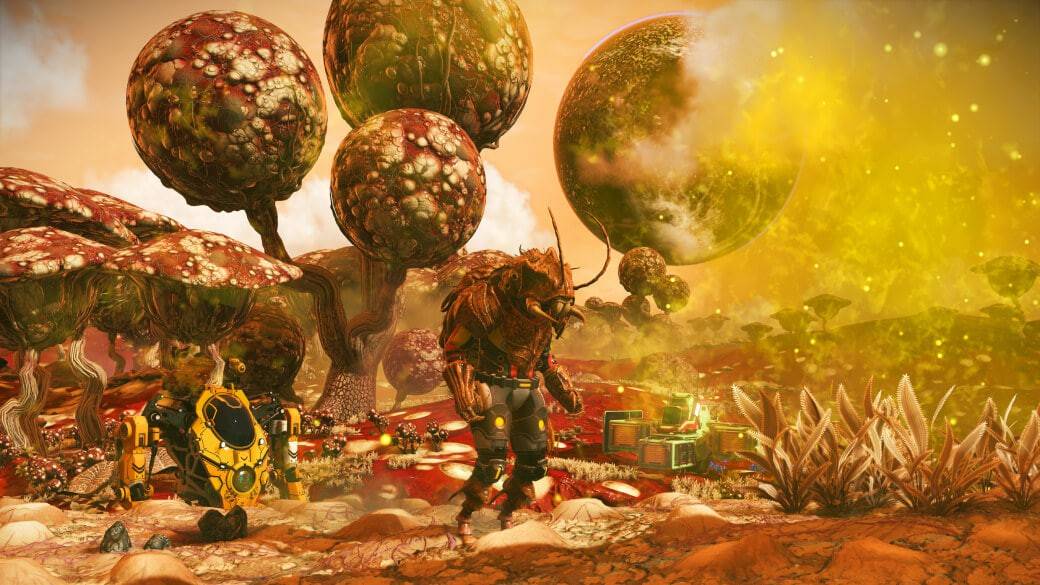
Image: nomanssky.com
Updated Lighting
Lighting improvements aren't limited to underwater environments. Interior lighting in caves, buildings, and space stations has received a significant upgrade.
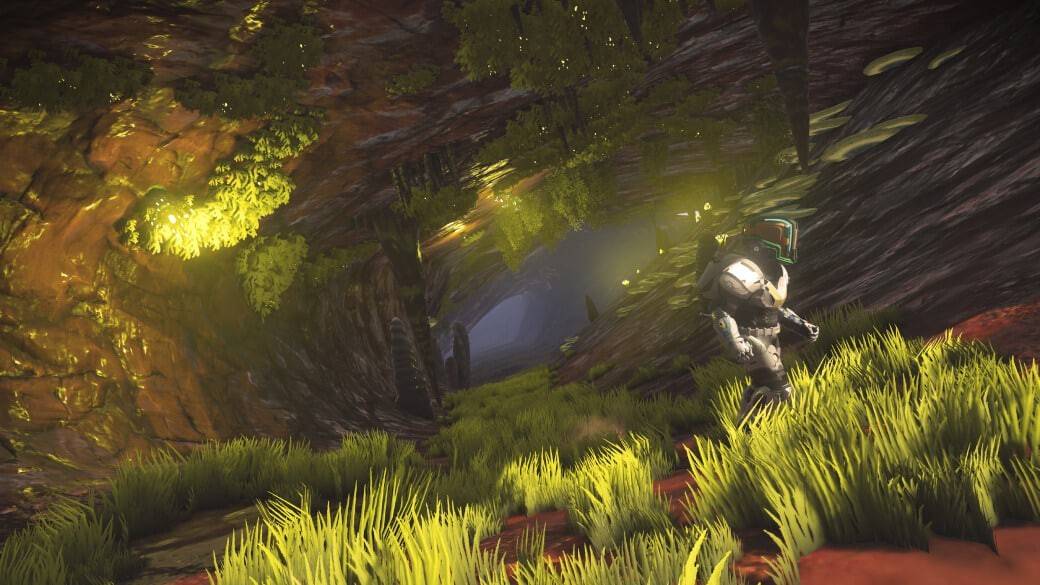
Image: nomanssky.com
These visual enhancements are complemented by performance improvements, including smoother transitions between orbit and planets, and faster loading times for the Anomaly.
Construction and Progress
New modules for upgrades and construction have been added, including new matter generators for the Colossus and a flamethrower for the scout. New ships, multi-tools, and character customization options further expand player choices. Ancient ruins, such as columns and arches, can now be incorporated into base building.
This overview only scratches the surface of the extensive changes in Worlds Part II. For the complete details, refer to the official patch notes. But ultimately, the best way to appreciate this monumental update is to experience it firsthand!









